8 easy detours from Tokyo to experience the best of Japan
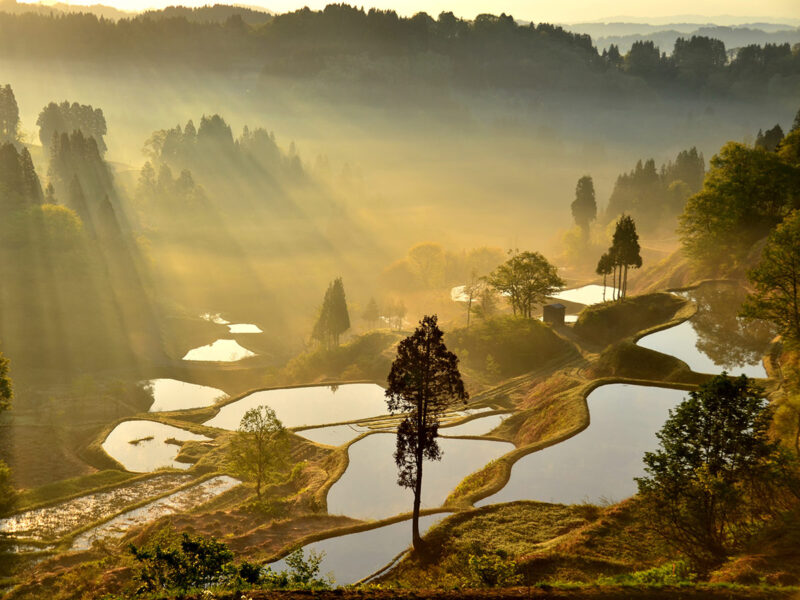
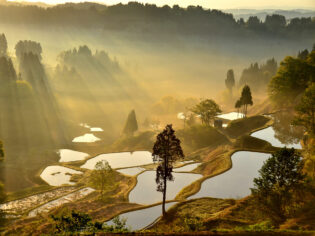
Discover the best of Japan Golden Route detours. (Credit: Getty/Suzuden)
| THIS ARTICLE WAS CREATED IN PARTNERSHIP WITH JAPAN NATIONAL TOURISM ORGANIZATION |
Step off the golden brick road and discover the other treasures of Japan.
While destinations like Tokyo, Osaka and Kyoto are a must-visit for any newcomers, much of the country’s charm can be found in its quieter, regional corners rarely touched by outside influences. With speedy railways that run like clockwork, local airports and countless connected trails, exploring Japan has never been easier.
So, once you’ve sufficiently traversed the Golden Route, consider these eight regional detours that take you through the spiritual mountains of Wakayama, all the way to the volcanic hot springs in Kumamoto.
1. Niigata
A brisk two-hour journey from Tokyo, Niigata boasts the most sake breweries in all of Japan, and the secret to its renowned taste lies in the city’s premium-quality rice. With nearly 90 breweries to choose from, Niigata’s signature drink can first be sampled at Niigata Station’s Ponshukan Sake Museum, where tokens let you taste your way through dozens of local varieties.
Inland, Tsubame-Sanjo is the centre of traditional metalworking. This town produces blades, kettles and cutlery crafted with painstaking precision. Travellers are encouraged to try hand-hammering at the Tsubame Industrial Materials Museum.
Formally recognised as a UNESCO World Heritage site in 2024, the 400-year-old Sado Gold Mine was once among the largest gold producers in the world. The site now offers a glimpse into the mining world of yesteryear, complete with tunnels and reconstructed carts.
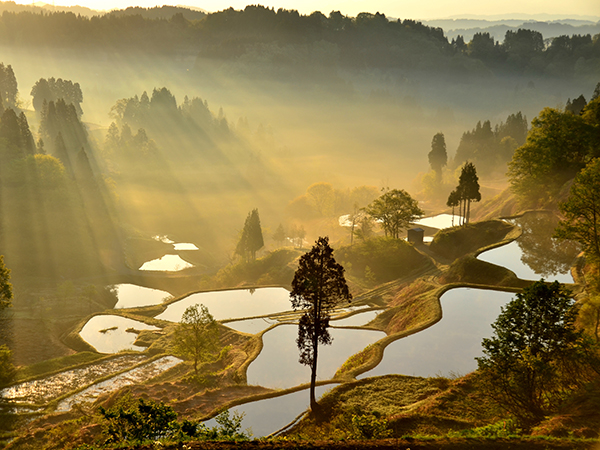
See where Japan’s finest rice begins. (Credit: Getty/Suzuden)
2. Toyama
In Toyama, the snow-capped Tateyama mountain range looms above Toyama Bay, which, every spring, glows with bioluminescent firefly squid.
Venture to the city centre for an enlightening stop at the Toyama Glass Art Museum, where you’ll find ethereal, light-filled exhibitions from both Japanese and international artists. Local studios in the area also offer glassblowing workshops for visitors looking to take home a souvenir far more unique than a run-of-the-mill postcard or pen.
To the south-west of Toyama you’ll discover Gokayama, a small village with thatched gassho-zukuri houses that are magical to witness in any season, at any time of the year.
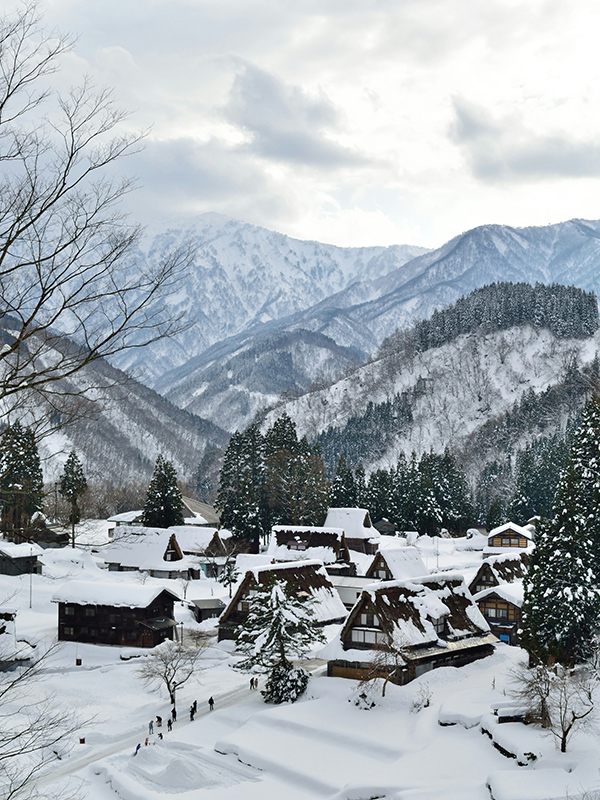
Experience the magic of Gokayama, year-round. (Image: Zhi Xuan Hew)
3. Hokkaido
On Japan’s second-largest island, Asahikawa and Furano offer an ideal base for exploration. During summer, flower fields stretch farther than the eye can see. While in winter, powder-white ski slopes draw winter travellers from every corner of the globe.
Further east, Kushiroshitsugen National Park protects Japan’s largest wetland. Wooden walkways wind through its reed beds and marshes, where you may catch a glimpse of the cherished (and extremely rare) red-crowned crane.
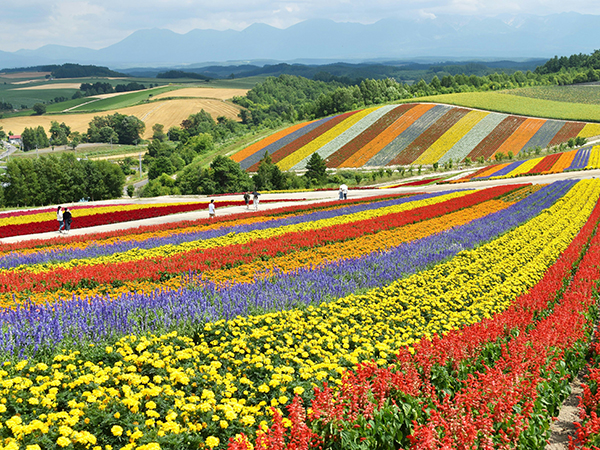
Go where the blooms stretch on. (Image: Ken Shono)
4. Yamagata
About a 40-minute train ride from Yamagata is all you need to begin your culinary journey in Yonezawa, a city that rivals Kobe as one of Japan’s finest purveyors of wagyu beef. On top of its melt-in-your-mouth dishes, Yonezawa is embedded with a samurai legacy that lives on through mesmerising monuments and expertly preserved buildings.
Outdoorsy folks will relish in the Dewa Sanzan, a sacred trio of mountains that have been worshipped for more than a thousand years. Hike among sky-high cedars and mossy steps to reach mountain-top shrines visited by mountain ascetic Yamabushi.
End this leg of your trip at Yamadera, a cliffside temple with over 1000 stone steps leading to panoramic views.
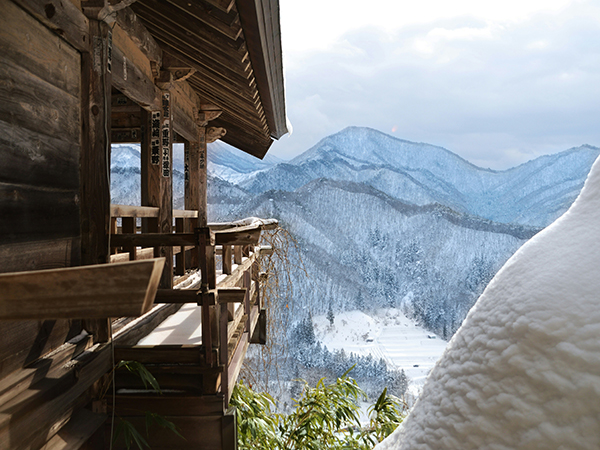
Climb to breathtaking views at Yamadera Temple. (Image: Denise Metz)
5. Wakayama
It’s in Wakayama where you’ll get lightly rained on by the tallest waterfall in Japan. The Kumano Kodo pilgrimage routes converge at sites such as Kumano Nachi Taisha, located beside the 133-metre-high Nachi Falls.
For an otherworldly overnight experience, stay at a shukubo (temple lodging) in Koyasan, a sacred temple for one of the 18 denominations of Shingon Buddhism. Here, days begin with morning prayer and end with a vegan meal served in silence, surrounded by temple gardens and flickering lanterns.
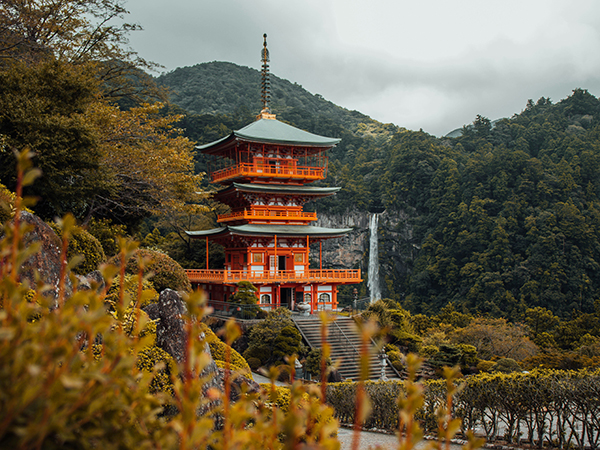
Spot Japan’s tallest waterfall beside a sacred shrine. (Image: Perspective Nature)
6. Ehime
Without a shadow of a doubt, Ehime is best explored by bike. The Shimanami Kaido, a dedicated 70-kilometre cycling route, links the mainland to Shikoku across a series of islands and suspension bridges.
After crossing into Imabari, investigate the rumoured healing powers of Dogo Onsen in nearby Matsuyama. Said to be one of the oldest hot springs in Japan, the three-story wooden bathhouse has the ability to wash away stress, troubles and – according to legend – the ailments of a deity many moons ago.
For a bird’s-eye view of the Hiji River, lined by vibrant Yoshino cherry trees, head inland to the castle town of Ozu. The town harbours beautiful heritage buildings, summer firefly cruises, a quiet, peaceful atmosphere and a castle you can actually book for the night.
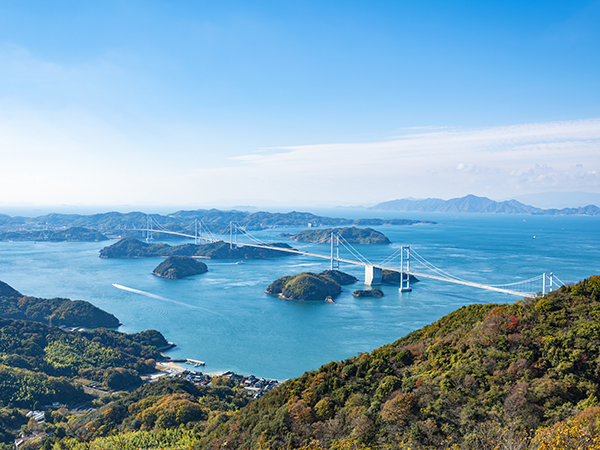
Cycle along Japan’s iconic sea route. (Image: Getty/Kuppa Rock)
7. Nagasaki
Once Japan’s only international port, an intriguing blend of Buddhist temples and Catholic churches paints a picture of Nagasaki’s fascinating past.
Take a stroll through Dejima, a 17th-century Dutch trading post that was once the only place in Japan where international travellers were allowed to call home. Alternatively, the view from Inasayama Park is particularly popular with stargazers, who crane their heads up to the skies before diverting their attention to the glimmering harbour lights below.
And that’s just the tip of Nagasaki’s metaphorical iceberg: Unzen-Amakusa National Park is home to Mt. Unzen, where sulphur vents menacingly hiss and ancient trails weave through blossoming flowers (when the right weather strikes).
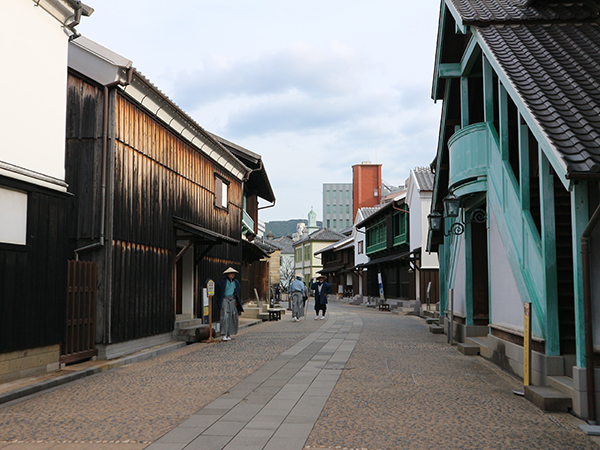
Stroll through Dejima, once Japan’s only foreign port. (Image: Discover Nagasaki)
8. Kumamoto
Look towards the city centre and Kumamoto Castle is hard to miss. The recently restored fortress has its own sordid history with samurai attacks, making it an underrated gem in history lovers’ memory banks.
Continuing the streak of hot springs, Kurokawa Onsen is an especially quaint addition to Japan’s impressive roster of natural wonders, with a canopy of trees serving as a beautiful backdrop as you soak up the minerals and watch the sun set.
Last but not least, Aso-Kuju National Park unfolds across one of the world’s largest calderas (a deep cauldron-like groove left in the earth long after a volcano has erupted). If you’re planning to explore the seemingly endless park in May and June, you’ll be lucky enough to see vibrant pink Kyushu azaleas in full bloom.
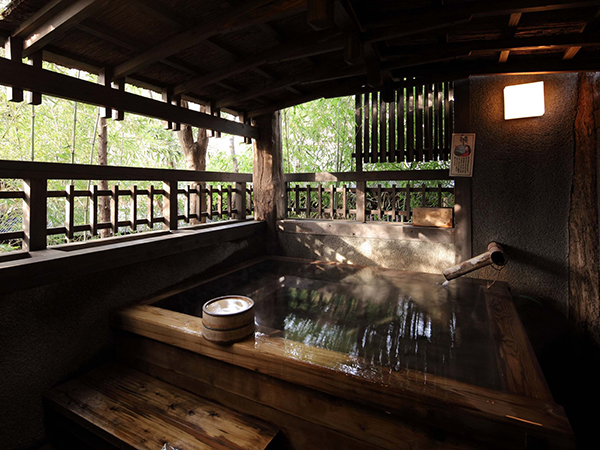
Soak in the serenity of Kurokawa Onsen. (Image: Kumamoto Guide)
For an in-depth look at Japan’s Golden Route and beyond, head to japan.travel/en/au.
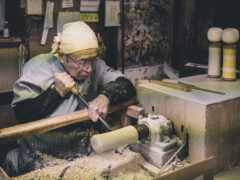
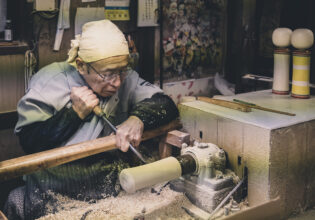


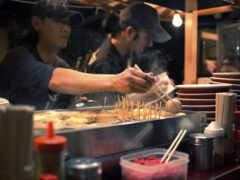
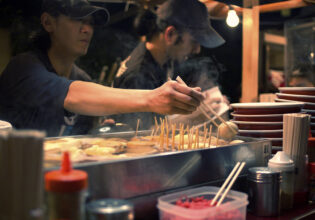
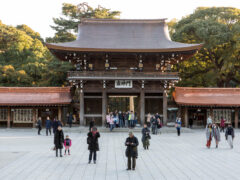
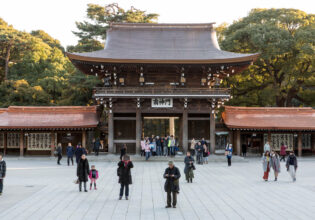
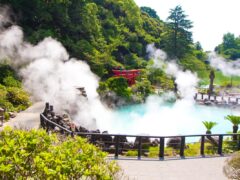

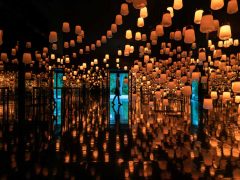
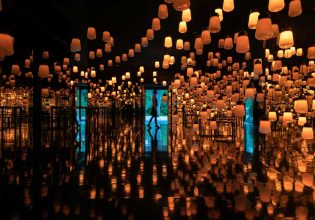


LEAVE YOUR COMMENT